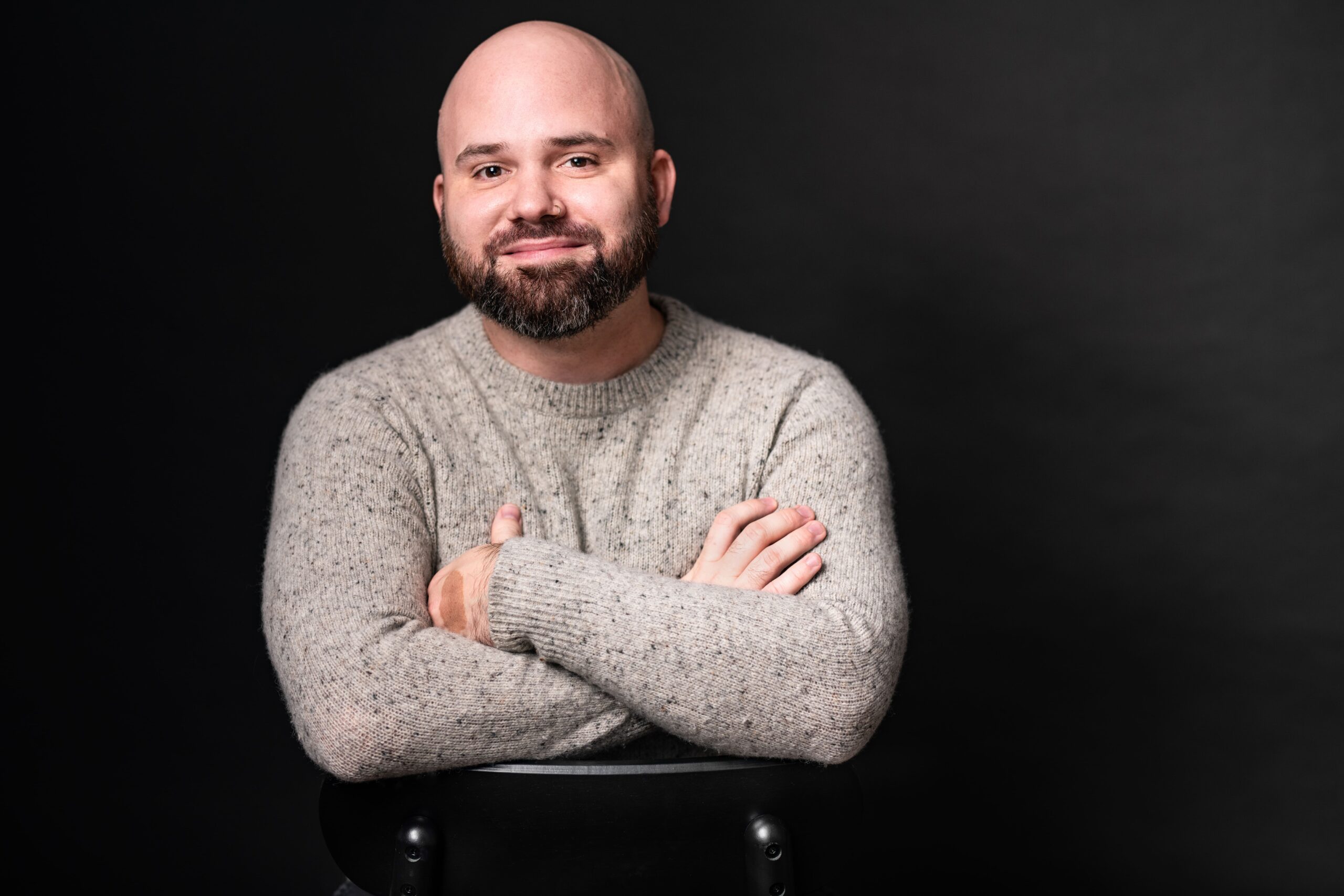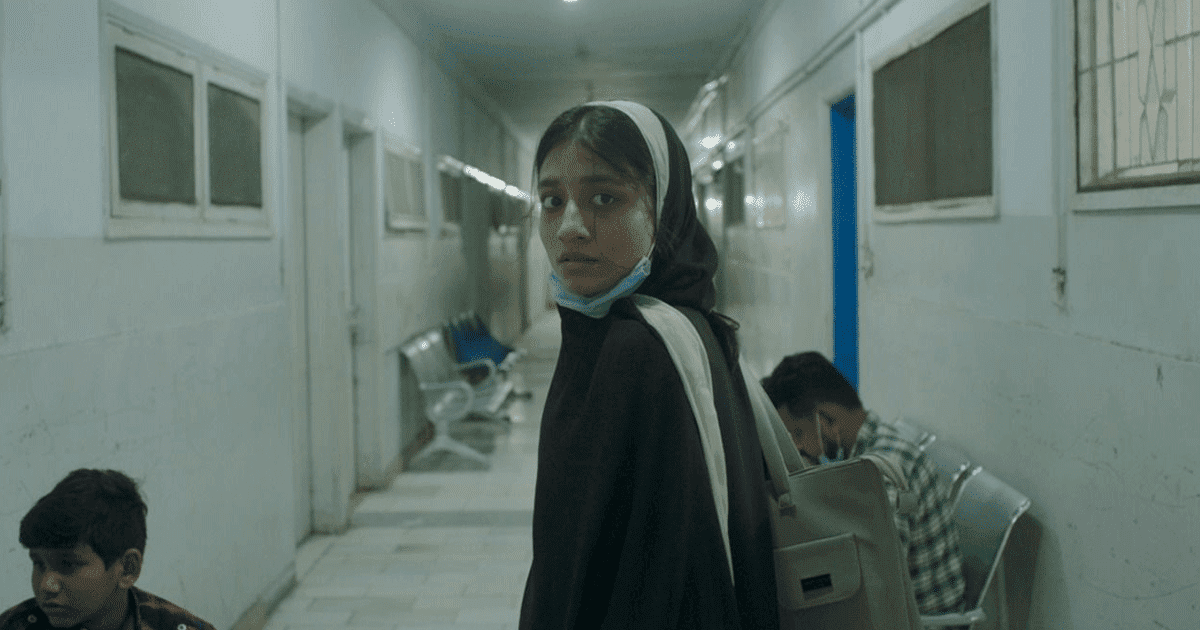In the world of filmmaking, countless unsung heroes work behind the scenes to bring captivating stories to life. Among these talented individuals is Craig Scorgie, a film editor, and visual effects artist hailing from Toronto, Canada. Scorgie’s recent work as the editor of the highly anticipated film “In Flames” has garnered significant attention and praise. In an exclusive interview with DJ Kamal Mustafa, editor of EMEA Tribune, Scorgie shares insights into his journey as an editor and the creative process behind his latest film.
Read this news in EMEA Tribune Newspaper June 21, 2023 edition
https://emeatribune.com/emea-tribune-newspaper-june-21-2023/
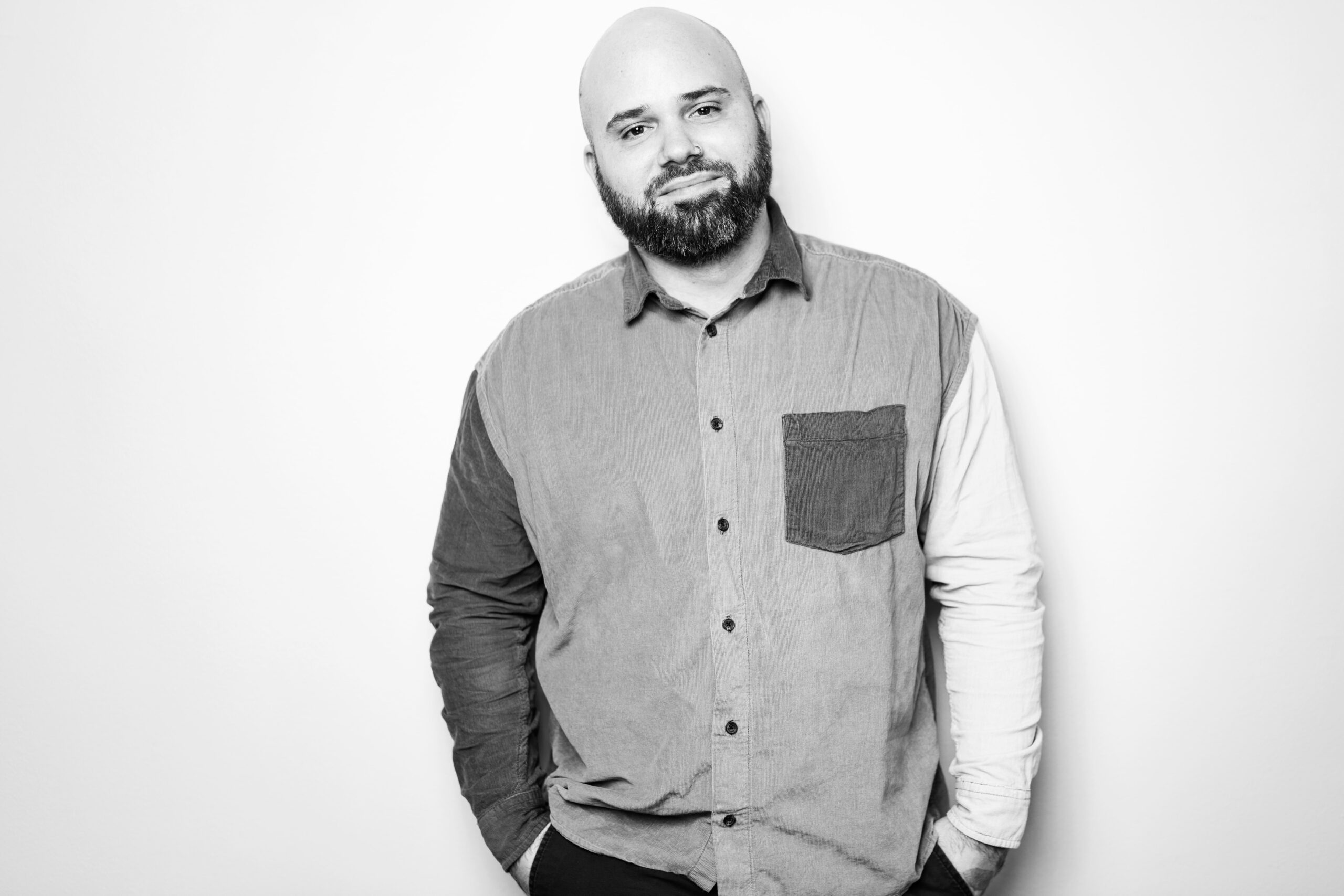
Craig Scorgie’s career in the film industry began with a passion for storytelling and a keen eye for detail. His dedication and commitment to his craft led him to work on a wide range of projects, including feature films, web series, shorts, and documentaries. Scorgie’s early experiences working in the editorial departments of acclaimed productions such as “Women Talking,” “Big Little Lies,” and “The Morning Show” helped him hone his skills and establish his name in the industry.
Interview with Craig Scorgie:
Kamal: Tell me about the movie “In Flames”
Craig: In Flames is a film that follows a small family in Karachi after the death of the family’s patriarch. A mother and daughter find themselves defenseless when the world around them tries to take advantage of their vulnerability. At the same time, ghosts from past traumas begin to appear in Mariam’s life. These relentless hauntings (both real and supernatural) threaten their well-being until it becomes clear that Mariam and her mother must join forces to persevere. It is a film that focuses on many themes – grief, patriarchy, mother/daughter relationships, and generational trauma. But ultimately it is a film about empowerment and growth in the face of adversity.
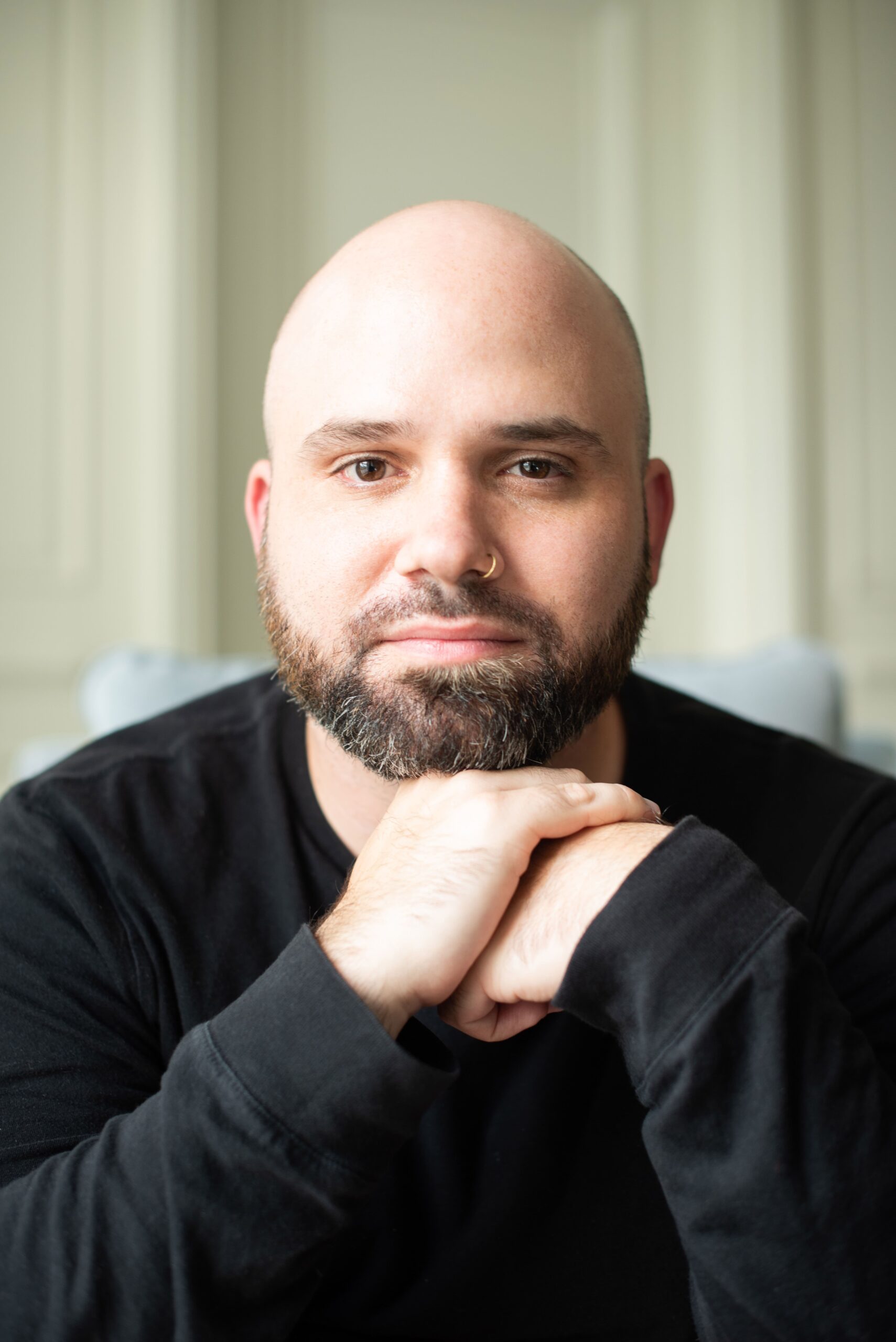
Kamal: What were some of the considerations you made when deciding on the overall duration of the film?
Craig: Overall when editing, you try not to become too focused on reaching a certain duration of a film. We knew when making this film that we wanted it to have an accelerated pace. We also wanted the audience to be on the edge of their seats once the story takes off. Because of this, we didn’t have much of an opportunity to linger on moments where nothing was happening, unless this was on purpose to create suspense and tension. This type of film lends itself to a shorter duration, because of the faster pace it needs. Our first rough pass of the film was around 120 minutes. But as we worked along, tightening and removing scenes, the film eventually arrived at its 93-minute runtime.
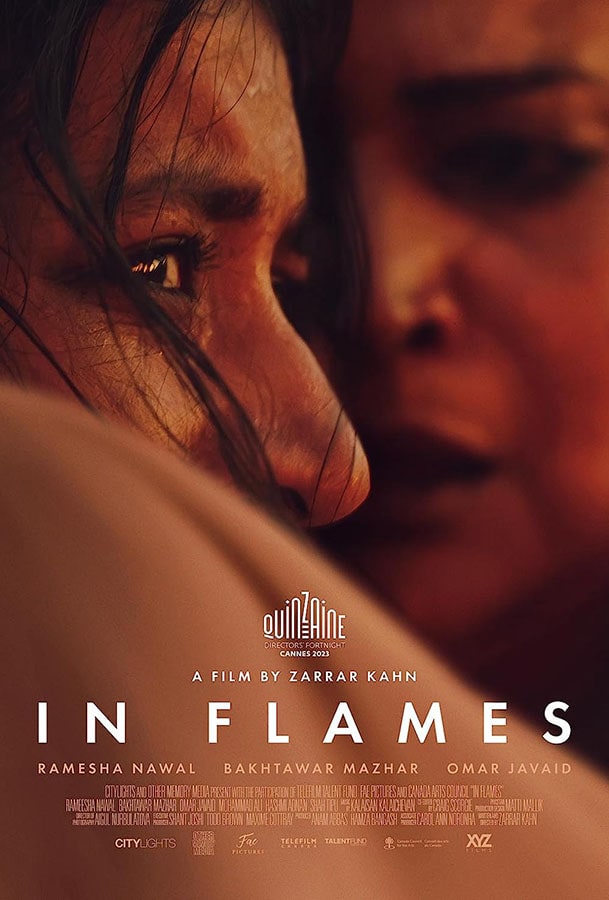
Kamal: In your opinion, what is the most significant contribution an assistant editor can make to a film’s editing process?
Craig: We unfortunately didn’t have an assistant editor on “In Flames”, because of our budget for post-production. Assistant Editors are quite valuable to the editing process. Often for a feature film, they do a lot of the temp sound and visual effects. They are also a sounding board for the editor, offering advice or ideas when we’re troubleshooting a particular problem in the edit. And when the film is finished editing, they do a lot of coordinating and problem-solving with the sound editors, mixers, composers, visual effects artists, and colorists. They are sort of the administrators and trusted advisors of the editing room. This saves a lot of time when putting together a feature film.
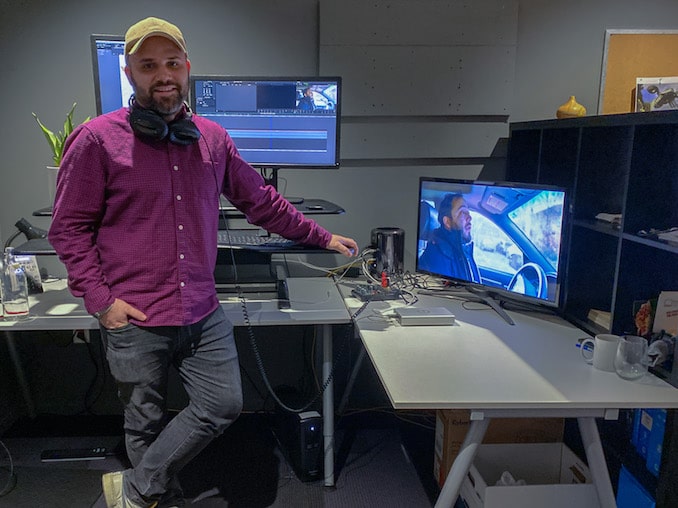
Kamal: Looking back at your experience on “In Flames,” what is the most valuable lesson you learned as an editor?
Craig: As an editor, one thing I learned on In Flames is how valuable time away from the edit can be. Zarrar and I were lucky in that we had a fairly relaxed schedule for the editing of the film. We often worked full days together, but we also sometimes worked half days or took a few days off in between our sessions. We also took some extended breaks for both the Toronto International Film Festival and for my wedding last September. I discovered how valuable it was to have the luxury to take a break from the film, and then come back to it with fresh eyes. We made a lot of important decisions on this film that wouldn’t have come as easily if we had to work together for long days, every day.
